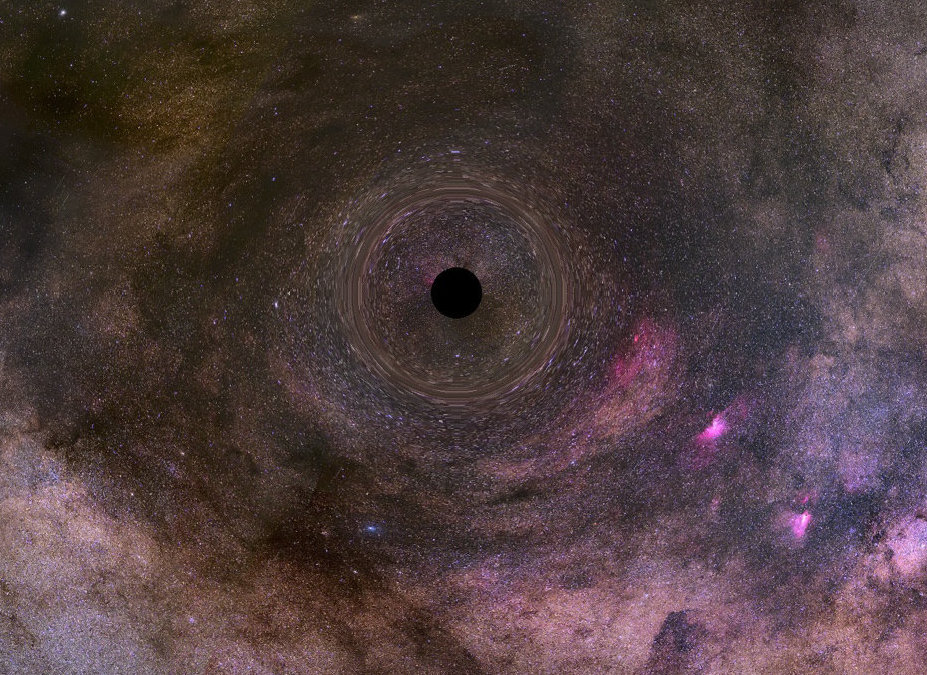
A LONE stellar-mass black hole has been discovered for the first time by a team of scientists, including researchers from the University of St Andrews.
This new discovery provides opportunity to observe further black holes throughout the Milky Way and see further evolutions of stars.
The findings were a joint accomplishment between the academics at the St Andrews University and the Space Telescope Science Institute (STScl).
Stellar-mass black holes are formed when massive stars collapse into a supernova, and the core is crushed into a black hole.
The black hole was spotted when its space-time curvature caused an observed background star to shift slightly.
A black hole’s gravity bends a path of light proportional to its mass, as explained by the theory of relativity, so the shifting star interested the scientists.
As the self-detonation of stars is not perfectly symmetrical, the remnant black hole may get a “kick” and move. The inferred transverse velocity of the gravitational lens turned out to be an outlier amongst stars at similar distance, further supporting that it is indeed a black hole.
Dr Martin Dominik, from the university’s school of physics and astronomy, said: “Einstein did it again – black holes make themselves invisible, but they cannot hide their gravity.
“It was amazing to see how two observable signatures of the gravitational bending of light by the black hole matched up – the shift in position and an apparent brightening of the observed background star.”
Theoretical models suggest there could be over 100 million black holes in the Milky Way that have escaped detection.
As the star needs to be closely aligned with a black hole to see the shift, detection is very rare.
The most recent brightening was detected in 2011, and based on the size of the gravitational shifting, it was assumed to be caused by a black hole.
After over six years of observation to find another occasion of a brightening star with the Hubble space telescope, a team with Dominik and his STScl collaborator Dr Kailash Sahu were successful.
Dominik added: “We identified gravitational bending of light by a dark object of seven Solar masses in the Milky Way.
“It’s an isolated stellar-mass black hole that failed to hide, and many others are set to fail as well in the near future.”
The second measuring proved challenging for the scientists, as the star was close to a significantly brighter star, and the deflection of light was much smaller. Compared to the very first observation in 1919 that later developed Einstein’s theory of relativity, the recent measurements were 10,000 times smaller.
After the scientists’ success, there is further scope for detection of these stellar-mass black holes with the same method.
Using the ESA’s Gaia satellite and mapping precise positions of stars throughout the Milky Way, there may be many more sightings in the near future.
The study, An Isolated Stellar-Mass Black Hole Detected Through Astrometric Microlensing, is published in The Astrophysical Journal and is available at arxiv.org/abs/2201.13296







